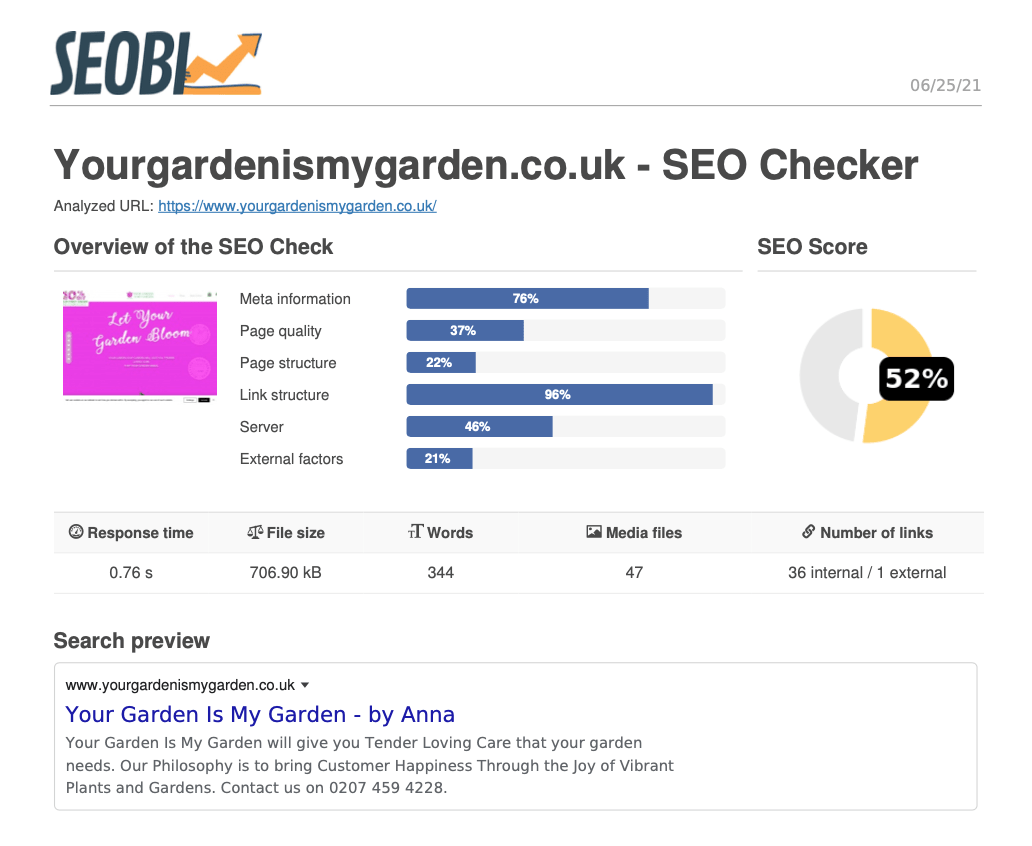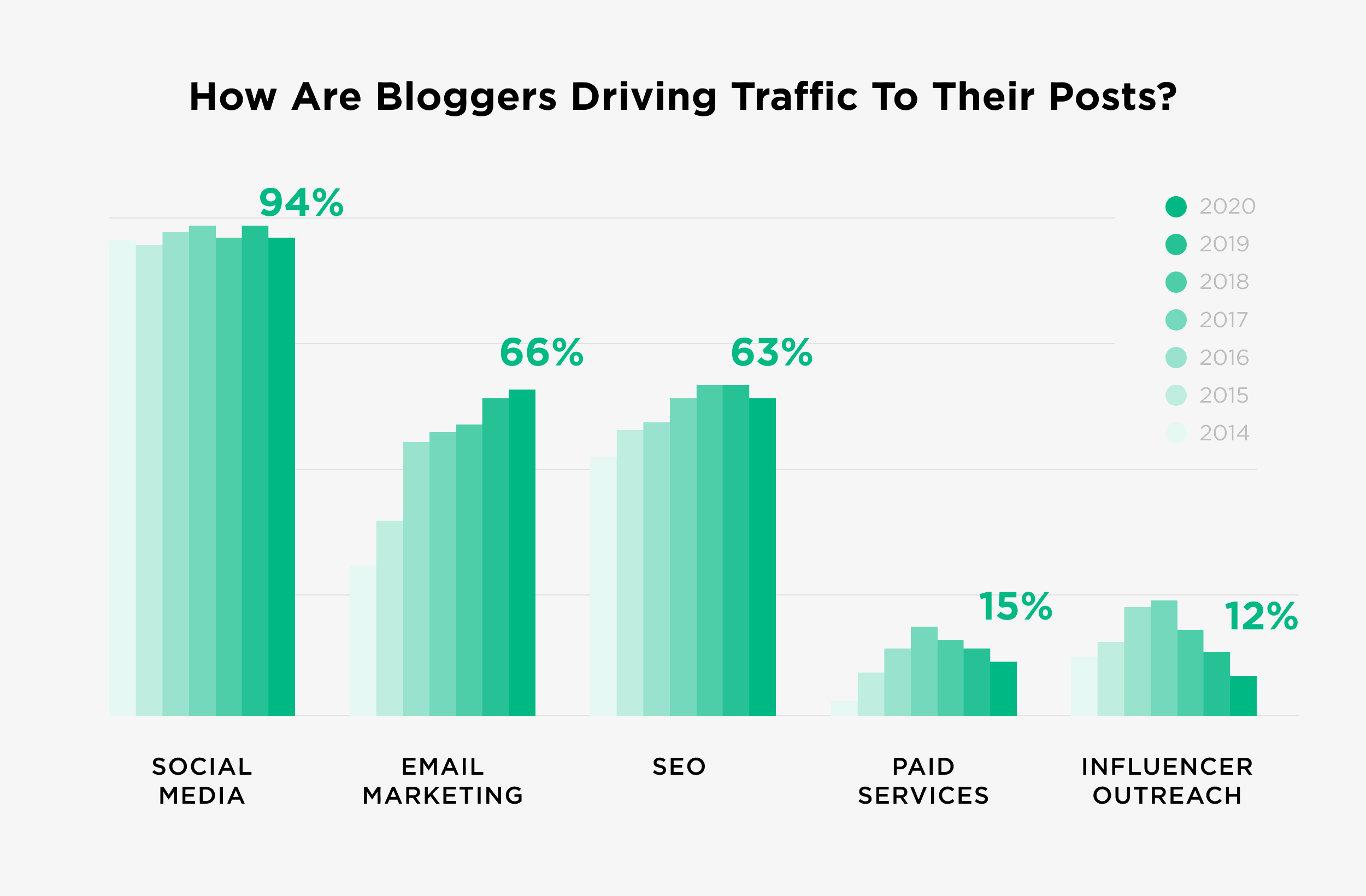
Mobile optimization can be achieved using the same SEO strategies that you use on desktop computers. Search engine optimization is made easier by including the most relevant keywords in your title tag and meta description. To encourage click-throughs, you should also include a call-to-action in your meta description. To grab users' attention, use emojis as well as relevant keywords within your website content.
Constructive content that is easy to use
Optimizing your website for mobile users requires a few additional steps. It is important to ensure your website is mobile-friendly. Your website should not be crawled and must focus on the users experience. Make sure to remove Adobe Flash from your site, as many mobile devices do not support it. Your site should be clear and easy-to-use, with large tap targets. Make sure your text is big enough to read, and use a legible font. Because mobile users are more likely to search for information on the internet, your content should be optimized for them.
Page speed
Mobile users experience the site in a different way than those who use a desktop computer. Users expect information to be available right away, so a slow site is likely to cause them to bounce. Optimizing your website for mobile speed is essential. Google PageSpeed Insights can help you check the speed of your site across different devices. A mobile-friendly website is easier to load for mobile users. It will also have higher conversions rates.

Canonical tags
Canonical tags are notorious for making duplicate content worse. The canonical URL should be the destination of the redirect. It shouldn't contain duplicates or close to identical copy. Some SEOs incorrectly pass link signals through canonical tag, which is not the best method. Continue reading to find out how to use canonical tag in your SEO strategies to mobile devices.
Relevant keywords
Local keywords are an essential part of any SEO strategy if you have a mobile site. They can increase your website’s local ranking. Simply enter your language and location to find local keyword opportunities. The tool will then provide you with a list containing relevant keywords. You should remember that local search volumes vary by location. Therefore, make sure to target the relevant keywords for your specific location.
Featured Snippets on Google SERPs
Featured snippets are content that appears at the top of search engine results pages (SERPs). They are designed to give users the best answers to their questions. These snippets often contain content from top-ranking sites, making them ideal for reducing clicks. A featured snippet can be a great way for your website to get started in SEO.

FAQ
Why should I use SEO?
There are many reasons SEO is important.
It helps increase traffic to your site by ensuring that it appears high in search engine results.
It helps to increase conversions, as it ensures that users search for exactly what they want by optimizing their search results.
Third, it helps increase brand awareness by helping customers search for your business online.
It also improves the user experience by allowing users to navigate quickly through your website.
It also builds trust among potential customers.
What is Onpage SEO?
On-page SEO is the process of improving your website's ranking in search engines. On-page optimization includes site architecture, page titles and meta tags. Image alt text is also included. Off-page SEO refers to activities outside your website that will improve its ranking. These include backlinks.
How Long Does It Take To See Results From PPC Advertising?
Paid search results are more time-consuming than organic search results. This is because there is no natural flow. When someone searches for something, they expect to see the most relevant results at the top of the page. Paid search results have to be more convincing to convince people to spend money on advertising on their site.
Why would I need an SEO strategy?
An SEO strategy will ensure that you don't miss any opportunities to grow your company. Ranking higher in search results is important, but great content can't be found by anyone.
A good SEO strategy helps you build relationships with influencers and experts within your industry. With their connections and knowledge, you can learn new techniques and tricks to beat your competitors.
Why SEO strategy matters?
SEO (search engine optimization) has the main purpose of increasing traffic to your website by getting as many people to find you using Google.
Search engines such Google, Yahoo!!, Bing and others keep information about websites on servers called crawlers. These crawlers transmit this data back the company's central repository. This enables them to index web pages for searching purposes.
People will click on your links and visit your pages if you appear high in the results. These searches will not show you, so you won't get found.
The most effective way to ensure your site gets noticed is to rank highly in all the major search engines. There are two main methods to achieve this: paid advertising or natural organic links.
Paid Advertising – Paid advertising is when companies pay per click to have their ads appear higher than other sites in search results. These ads could include banner ads and text ads as well as pop-ups and e-commerce widgets.
Natural Organic Links - Natural organic links are those where you have built an excellent site over time and earned your industry's trust. Over time, links are built naturally through guest posting, commenting on other sites, and so forth.
To remain ahead of the pack, it is important to invest continuously in both forms marketing.
What is an SEO Campaign?
An SEO campaign is a series of activities designed to improve the visibility of a particular webpage or domain name in search engines like Google, Bing, Yahoo, and others. These activities include optimizing the title tags, meta description tags, URL structure, page content, images, and internal links.
SEO campaigns typically begin with keyword research, identifying keywords likely to increase organic traffic. After keywords have been identified, optimization must be done throughout the entire website, starting at the homepage and ending on individual pages.
Statistics
- These guides are designed and coded 100% from scratch using WordPress. (backlinko.com)
- Deleting those 10k pages is one of the main reasons that he improved his site's organic traffic by nearly 90%: (backlinko.com)
- And 90%+ of these backlinks cite a specific stat from my post: (backlinko.com)
- 93%of online experiences today begin on search engines. (marketinginsidergroup.com)
- A 62.60% organic traffic boost to that page: (backlinko.com)
External Links
How To
How do you set up your first blog?
It's simple! WordPress is a wonderful tool to help you create a blog. It is easy to customize the appearance of a blog's appearance by changing the fonts and colors or customizing its layout. They can also add plugins which allow them to alter certain aspects of their site based upon visitor activity.
Many free templates are available to download from wordpress.org and premium templates that cost money. Premium templates have additional features, such as more pages, extra plugins and enhanced security.
Once you have downloaded the template you need to sign-up for a free account. This will allow you to upload files and maintain your blog. Many hosts offer free accounts, but there are often restrictions on how much space you can use, how many domains you can host and how many emails you can send.
If you choose to use more then one domain name, each email address will be required. This service may be charged by some hosts.
You may be wondering why anyone would pay for a blog to be hosted online if you are new to blogging. Hosts offer unlimited storage space. This means that files can be saved indefinitely and won't be lost if they're accidentally deleted.
Many hosts let you host multiple domains. That means that you can have different websites under the same hosting plan. You can save money by not signing up for multiple email addresses, and you can maintain all of your sites using one interface.
Some hosts have social media sharing buttons built into their dashboards. This allows visitors to quickly and easily share content across the internet.
Most hosting companies offer tools for managing your blog. You can view the performance stats of your website, see how many people visited each post, and compare your traffic with other blogs.
These tools can make it easier to manage your blog faster and easier, so make sure you check them out before you buy a web hosting plan.
To sum up:
-
Choose a topic pertinent to your business.
-
Create engaging content;
-
Optimize your site using SEO techniques;
-
Promote your site using social media channels;
-
Regularly review your statistics in order to make changes if needed.
-
Last but not least, make sure to keep your blog updated.
In other words, create quality content, promote it effectively, track its success.